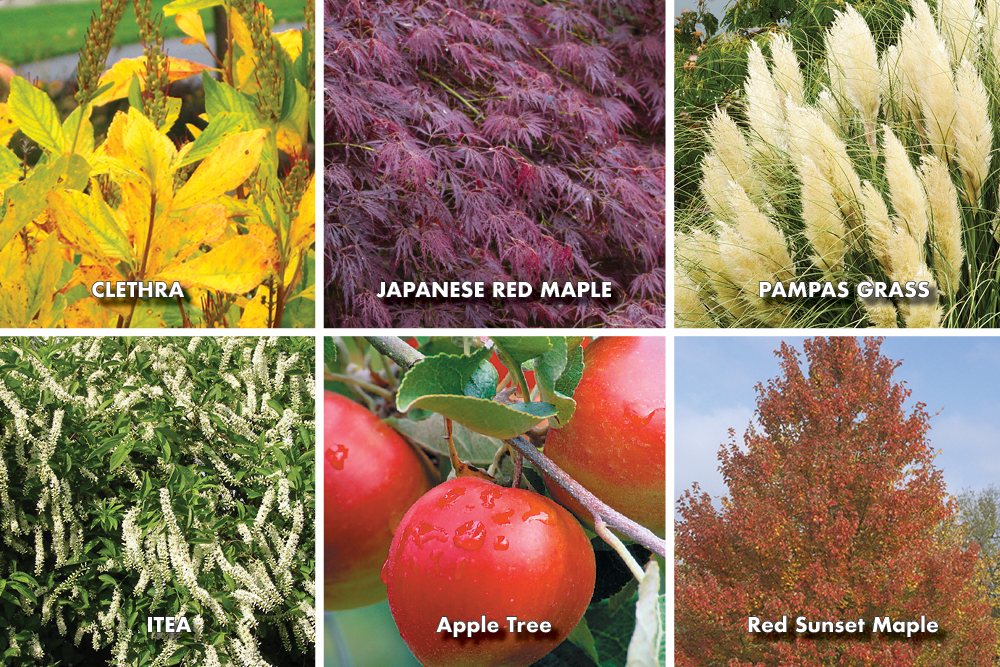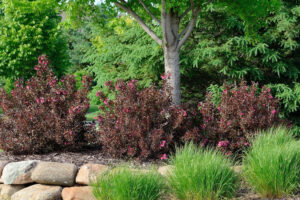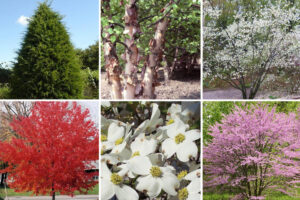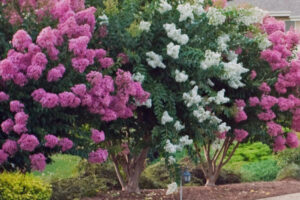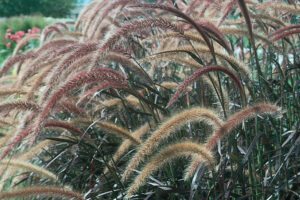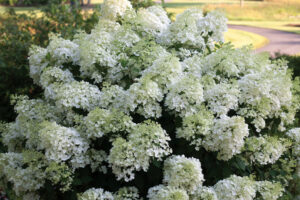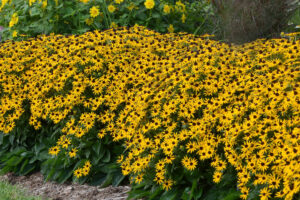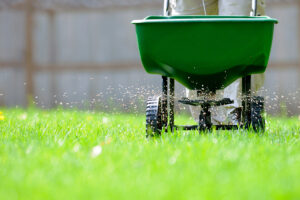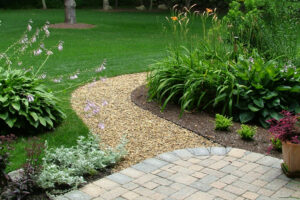Fall is one of the most critical times of the year for landscape maintenance. As the growing season slows and the weather cools, preparing your trees, shrubs, and plants for the winter months ahead is essential. Taking the proper steps now will help ensure your plants remain healthy, allowing them to thrive when spring returns. By focusing on soil conditioning, fertilization, and mulching, you can protect your landscape and promote continued growth.
Late-Season Soil Conditioning and Fertilization
One of the best ways to prepare your plants for winter is to apply a late-season fertilization. An organic, slow-release fertilizer like Espoma will keep your plant roots and soil healthy, promoting growth throughout the fall and colder months. Slow-release fertilizers gradually feed your plants, giving them the nutrients they need to develop robust root systems that can withstand winter stress.
Fertilizing in the fall allows the plants to store essential nutrients, which will help them maintain vigorous root systems throughout the winter. While the visible parts of your plants might slow down or even go dormant, the roots remain active, absorbing nutrients that prepare them for the next growing season. This practice helps your plants emerge healthier and more robust when the temperatures rise in spring.
When choosing a fertilizer, an organic option like Espoma provides multiple benefits. Organic fertilizers improve soil structure by increasing the organic matter content, making the soil more fertile and resilient. This enhances water retention and aeration, creating an environment where plant roots thrive.
The Importance of Mulching
Mulching is another crucial aspect of fall landscape maintenance. Applying a fresh layer of mulch around the base of your trees, shrubs, and plants offers several key benefits:
- Protects Plant Roots: Mulch acts as an insulating layer, helping to regulate soil temperature. This is particularly important in the winter when temperature fluctuations can stress plant roots. Mulch provides a buffer, protecting the roots from extreme cold.
- Maintains Soil Moisture: Mulch helps retain moisture in the soil by reducing evaporation. This is especially important during the dry winter months when there’s less rainfall. Proper moisture levels allow plants to continue absorbing nutrients and staying hydrated.
- Prevents Weed Growth: Mulch helps suppress weed growth by covering the soil, reducing competition for nutrients and moisture. This ensures that your plants get all the nutrients they need.
- Improves Soil Health: As mulch breaks down, it adds organic matter to the soil, further enhancing soil structure and fertility. This creates an even better-growing environment for your plants in the future.
Removing Leaves and Debris
In addition to fertilizing and mulching, it’s important to regularly remove leaves and debris from your landscape in the fall. While fallen leaves can create a natural mulch layer, too many can suffocate the soil and trap moisture, leading to fungal growth and diseases. Raking away excess leaves and debris prevents these issues and keeps your landscape healthy.
Fall is the ideal time to take proactive steps to maintain your landscape. Focusing on late-season fertilization, mulching, and debris removal will ensure that your trees, shrubs, and plants remain healthy throughout the winter. Fertilizing with a slow-release, organic product like Espoma provides long-lasting nourishment that supports root growth, while mulching protects the soil and helps maintain moisture. By putting in the work this fall, you’ll set your landscape up for success in the spring, allowing your plants to flourish when the growing season begins again.

